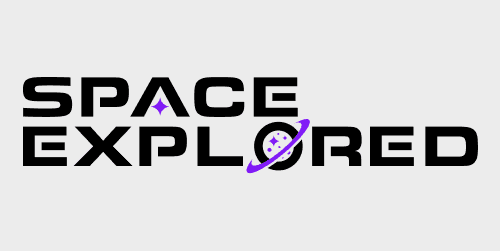
Today marks an important milestone in spaceflight history. For the first time on the Space Shuttle, a woman would fly and bring motivation to little girls everywhere to join the STEM industry.
38 years ago today, on June 18th, 1983, Space Shuttle Challenger lifted off from Launch Complex 39A at the Kennedy Space Center kickstarting the historic STS-7 mission. Onboard Challenger, NASA astronaut Sally Ride became the first American woman to fly into space. Being 32 at the time of the mission, Sally Ride also became the youngest American astronaut to reach space to date.
Joining the NASA Astronaut Corps
Born on May 26th, 1951 in Encino, California, Sally Ride joined the NASA Astronaut Corps in 1978. Notably, the Astronaut Class of 1978 would introduce the first women, first African American, and first Asian American astronauts into the astronaut corps. After training for five years, Ride would get her first opportunity to reach space as a Mission Specialist with Space Shuttle Challenger on the STS-7 mission.

Onboard Challenger for STS-7, Sally Ride was accompanied by NASA astronauts Robert Crippen, Fredrick Hauck, John Fabian, and Norman Thagard. The crew of five spent six days in Low Earth Orbit deploying two communications satellites and performing a plethora of experiments.
Following STS-7, Ride was then assigned to fly again onboard Challenger for the STS-41-G mission on October 5th, 1984. Along with Ride, Robert Crippen, Jon McBride, Kathryn Sullivan, David Leestma, Paul Scully-Power, and Marc Garneau would make the crew for the mission. STS-41-G would be another mission to feature many firsts, of which include being the first shuttle mission to feature a crew of seven and having the first American EVA to involve a woman, performed by Sullivan.
Post-NASA

After STS-41-G, Sally Ride was set to fly on a third shuttle mission, but those plans were canceled shortly following the Challenger Disaster on January 28th, 1986. Instead, she accepted a role on the Rogers Commission charged with investigating the loss of the Space Shuttle Challenger and its crew during STS-51-L. She also joined the Columbia Accident Investigation Report later in 2003 following the loss of Space Shuttle Columbia and the crew of STS-107. Following the completion of the Challenger investigation, Ride left NASA in 1989 to become a Professor of Physics at the University of California San Diego and the Director of the California Space Institute.
After leaving NASA and through to her untimely passing on July 23rd, 2012, at age 61 due to Pancreatic Cancer, Sally Ride would continue working closely with NASA in assisting and leading in numerous public outreach programs motivating girls and young women to pursue careers in STEM fields. On May 30th, 2013, Sally Ride was posthumously awarded the Presidential Medal of Freedom, the highest civilian award in the United States, continuing a legacy that continues to inspire many across the United States and the world.
Enjoy reading Space Explored?
Help others find us by following on Apple News and Google News. Be sure to check us out on YouTube, Twitter, Facebook, and Instagram, join our Discord!
FTC: We use income earning auto affiliate links. More.



Comments